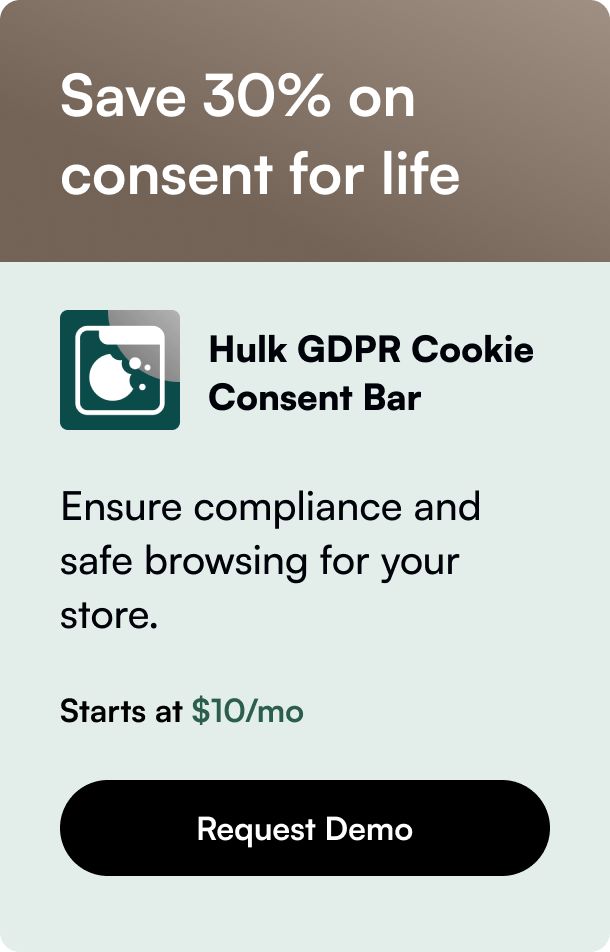Table of Contents
- Introduction
- Understanding Shopify's Currency Settings
- The Process of Changing Your Store Currency
- Implications of Changing Your Store Currency
- Navigating Challenges and Best Practices
- FAQ Section
In today's global ecommerce landscape, catering to international customers by displaying prices in their local currency can significantly enhance their shopping experience. But what happens when you need to change your store's currency on Shopify? Whether you're expanding your market, adjusting to currency fluctuations, or rectifying a setup mistake, changing your store's currency is a crucial decision that comes with several considerations.
Introduction
Did you know that allowing customers to shop in their local currency can increase conversion rates by up to 40%? That's because pricing transparency fosters trust and simplifies the decision-making process for customers. Given this potential for heightened customer satisfaction and increased sales, it's no surprise that many Shopify store owners seek guidance on how to adeptly manage their store's currency settings. This blog post dives deep into why and how to change your store currency on Shopify, exploring every nook and cranny of the process, the implications of such changes, and tips for managing them effectively.
By the end of this comprehensive guide, you'll be equipped with the knowledge to navigate the complexities of currency management on Shopify, ensuring your business not only thrives in new markets but also offers a seamless shopping experience to customers worldwide. Let's embark on this journey to currency mastery together.
Understanding Shopify's Currency Settings
Before delving into how to change your store's currency, it's essential to grasp the foundational concepts of 'Store Currency' and 'Payout Currency' as they stand in Shopify's ecosystem.
Store Currency
This is the currency in which your products are priced and sold in your online store. It also serves as the default currency for your Shopify admin and reports. Ideally, this should be the currency most familiar to your target customers.
Payout Currency
Distinct from the store currency, the payout currency is what Shopify Payments uses to deposit money into your bank account. It's determined by your store's location and must correspond to a bank account capable of receiving funds in that currency.
The Process of Changing Your Store Currency
Changing your store's currency on Shopify isn't just a matter of clicking a few buttons. It requires deliberation over multiple factors to ensure a smooth transition for your store operations. Here's a step-by-step guide.
Preconditions and Considerations
- Review Shopify's Requirements: First and foremost, familiarize yourself with the currencies supported by Shopify Payments and consider the currency exchange and conversion fees that may apply to your transactions.
- Analyze Your Customer Base: If a significant portion of your customers come from a particular country, setting your store currency to reflect that can be beneficial.
Steps to Change the Store Currency
- Backup Your Data: Before making any changes, export your product prices and discounts to a CSV file as a record of your previous currency settings.
- Contact Shopify Support: If your store has already completed a sale, the currency settings are locked. You'll need to reach out to Shopify's support team to make the changes on your behalf.
- Adjust Store Settings: Navigate to the "Store currency" section within your store's settings to select your new desired currency. Note that only the store owner can make this change.
- Review and Update Store Settings: After updating your store currency, carefully review and adjust related settings such as pricing, taxes, and shipping rates to align with the new currency.
Implications of Changing Your Store Currency
Transitioning to a new currency is not without its consequences. Here are some pivotal areas impacted:
- Product Pricing: You will need to adjust your product prices to reflect the new currency. Consider the psychological pricing factors that might influence sales.
- Reports and Analytics: Historical data will remain in the original currency, so bear in mind this discrepancy when interpreting your reports.
- Checkout Experience: Your customers will now see their cart totals in the new currency, impacting their checkout experience.
Navigating Challenges and Best Practices
To navigate the complexities of changing your store's currency, consider these best practices:
- Communicate Clearly with Customers: Inform your customers about the change in currency and its potential impact on prices.
- Monitor Exchange Rates: Keep an eye on exchange rates and adjust your prices accordingly to maintain desired profit margins.
- Leverage Shopify Markets: For stores serving a diverse international customer base, Shopify Markets enables you to offer local currencies and payment methods, enhancing the overall shopping experience.
FAQ Section
Q: Can I revert to my previous store currency? A: Yes, but changes in currency should be approached with caution to avoid confusion and potential sales impact. It's advisable to contact Shopify support for such requests.
Q: Will changing my store's currency affect existing orders? A: No, existing orders and transactions will remain in the original currency in which they were made.
Q: Are there any fees associated with changing my store's currency? A: While there's no direct fee for changing your store's currency, bear in mind potential exchange rate risks and conversion fees for transactions in the new currency.
Changing your store's currency on Shopify is a strategic decision that bears significant implications for your business operations and customer experience. By carefully considering your options, planning for the transition, and implementing best practices, you can ensure that your store thrives in any currency.








